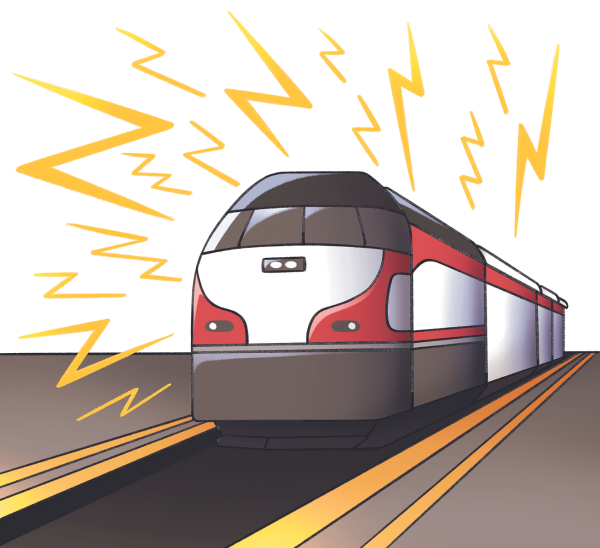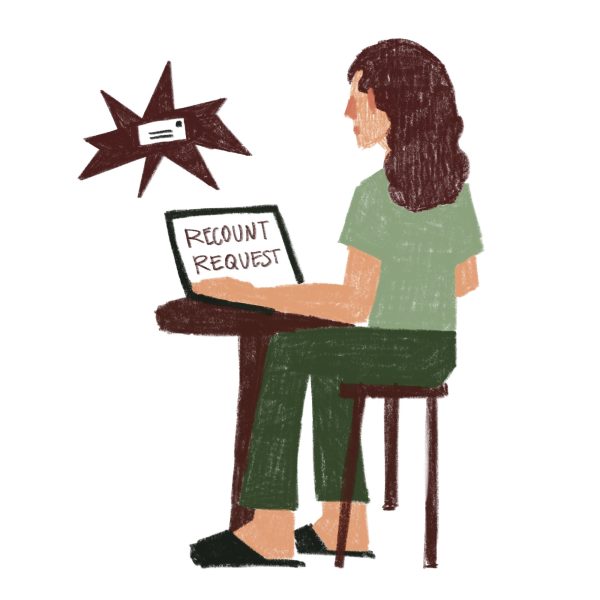New waste laws proposed
City Council debates altering compost rules
Palo Alto City Council had its first reading of the Recycling and Composting Ordinance on Nov. 2 in order to decide whether to adopt the ordinance, and plans on having a second reading in the near future to make its final decision.
If implemented, the ordinance would amend Title 5 (Health and Sanitation) and Title 18 (Zoning) of the Palo Alto municipal code. It would also require all commercial customers, multifamily properties and food-service establishments producing more than 10 cubic yards of compost per week to use to Palo Alto’s composting services and to sort their waste properly. Ideally, this first part of the ordinance would be implemented by April 1, 2016.
“This ordinance allows everybody in Palo Alto … access to compost service,” Matthew Krupp, manager of the Zero Waste Initiative, said in an interview with the San Jose Mercury News.
Palo Alto currently has an 80 percent waste diversion rate, the rate at which waste is diverted from landfills, one of the highest in California. Additionally, this rate has been stagnant since 2010.
In order to reach the city goal of having Zero Waste in landfills by 2021, the city will have to do more. Other nearby cities such as San Francisco and Cupertino, Calif. have passed similar ordinances that have improved their diversion rates.
By requiring businesses to subscribe to all three services — garbage, recycling and composting — it is believed that there will be a resulting reduction of greenhouse gas emissions (equivalent to nearly 22,000 metric tons of carbon dioxide annually in Palo Alto).
Previous initiatives have been taken to help meet the Zero Waste goal. On June 15, the City Council approved of the GreenWaste Contract Amendment No. 2, which aimed to increase Zero Waste services, efficiency and annual cost in order to support composting programs.
In March, the plan to increase composting in Palo Alto was submitted and later, the residential food scraps program was approved.
“Our goal is that everything will either go into a compost container or a recycling container, eventually,” Phil Bobel, the city’s assistant director of Public Works, said during an interview with the San Jose Mercury News.
A 2012 city study found that over 70 percent of the city’s garbage is recoverable, which is equal to about 21,000 tons of compostable and recyclable material — mostly food scraps and food soiled paper.
As a result of landfilling compostable materials, 5,000 metric tons of carbon dioxide and greenhouse gases are released.
In October 2005, the City Council initially approved of the Zero Waste plan and strategies, hoping to meet 73 percent waste diversion by 2014 and zero waste by 2021. The council also decided that a Zero Waste operational plan should be developed.
Earlier in 2005, a task force was formed to form a strategic plan after the idea of a Zero Waste plan was brought up in 2004.
After listening to input from community sources, key objectives and plans, such as eliminating waste at the source and maximizing recycling through expanded collection programs, were found.
Your donation will support the student journalists of Palo Alto High School's newspaper












